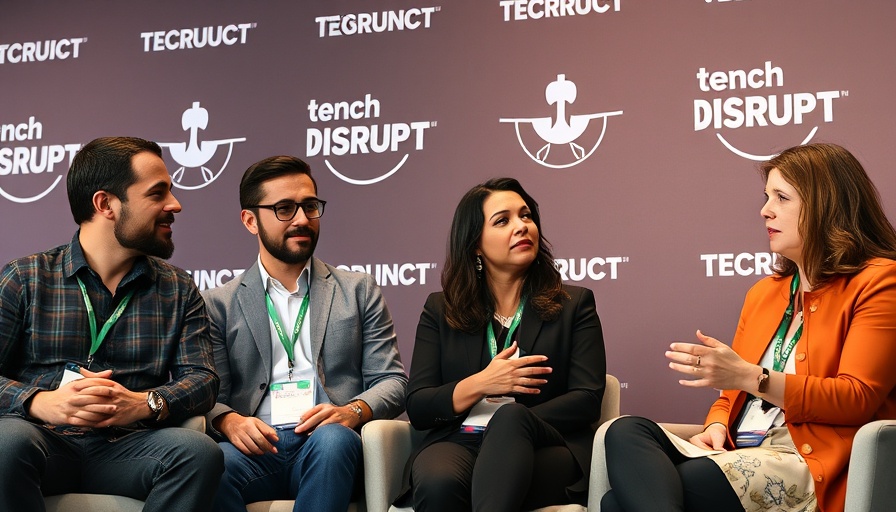
Space: The New Frontier for Business
At TechCrunch Disrupt 2025, a pivotal conversation is set to unfold regarding the emerging space economy. The event, happening from October 27-29 at San Francisco’s Moscone West, will emphasize that the future of space extends beyond merely launching rockets and deploying satellites. With leaders like Even Rogers and Max Haot at the helm, discussions will focus on critical infrastructure, innovative technologies, and business models that will reshape off-Earth operations.
The Entrepreneurs Leading the Charge
Even Rogers, the co-founder and CEO of True Anomaly, brings a wealth of experience from his past roles including a distinguished career in the U.S. Air Force. His insights into national security and the protection of orbital assets are pivotal for understanding the operational aspects of space ventures. Max Haot, founder of Launcher, offers a contrasting yet complementary perspective by focusing on the commercialization of space technology—transforming concepts of artificial gravity into practical applications.
Why Every Investor Should Pay Attention
The panel discussion at TechCrunch Disrupt will explore emerging trends fueled by government partnerships, venture investments, and innovative technologies. As the demand for space services grows, understanding the financial implications and potentials will be essential for financial institutions and service providers. The risk and opportunities posed by the new space economy could redefine not only investments but also the infrastructure that supports them.
Getting Ahead in the Space Economy
As industries converge on this new frontier, attending TechCrunch Disrupt 2025 represents a critical opportunity for financial professionals to gain insights into the intricacies of the space sector. Investors must navigate this evolving landscape carefully, as today's discussions pave the way for future business prospects and innovations. Grab your ticket before prices increase on September 1 and position yourself at the forefront of this transformative sector.
 Add Row
Add Row  Add
Add 




Write A Comment